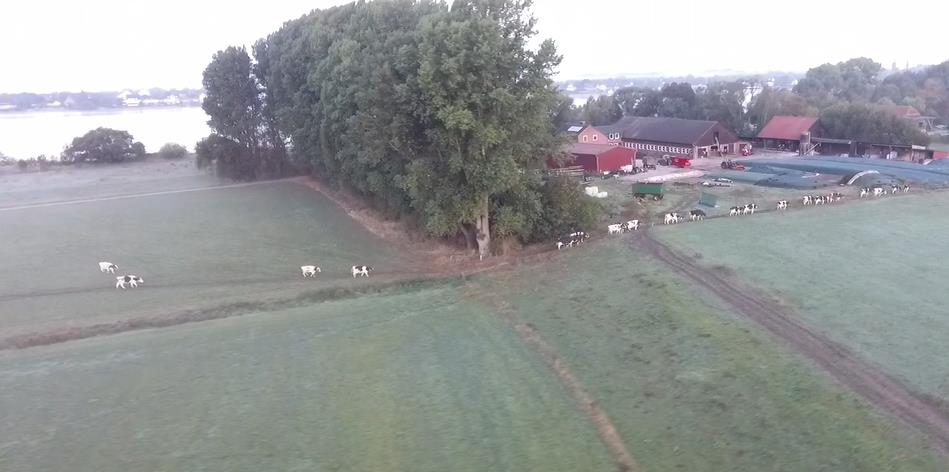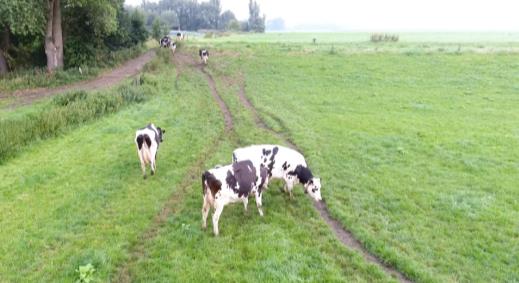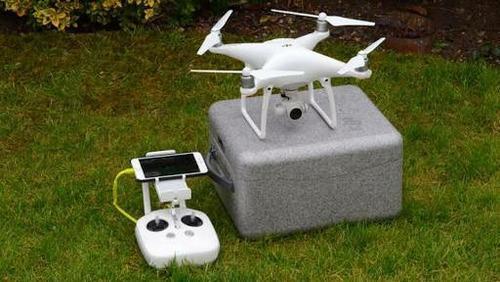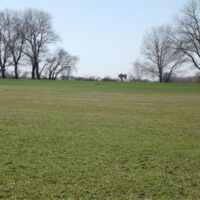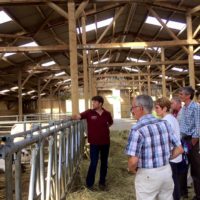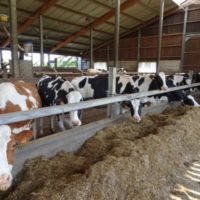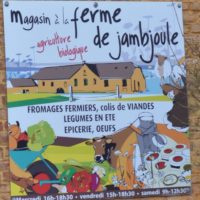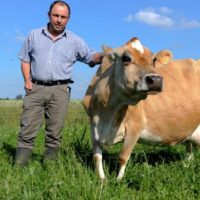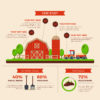Description
Background
The Stührenberg farm lies on the Weser island Harriersand. Harriersand has a nutrient-rich river marsh landscape. The island’s 800 ha consist mainly of permanent pastureland. The Stührenberg farm manages around 54 ha of pastureland, which due to its location and its consolidated area, is particularly well suited for pasture grazing. The freestall barn accommodates 120 cows and is furnished with two automated milking systems. Pasture access is controlled by an electronic pasture gate. Pasture grazing farms are of course very familiar with the additional time and effort involved in bringing the livestock from the pasture to the barn for milking. There are different ways of implementing this. When the grazing areas are close to the farm, it is possible to drive the cows to the barn on foot. Some herds are trained to react to the farmer’s call and come to the barn on their own. When grazing areas are further away and are connected to the barn via livestock trails, bicycles or even cars are commonly used to drive the cattle. At any rate, it is a time-consuming procedure.
Farmer’s motivations
The Stührenberg farm has therefore decided to drive its livestock to the barn by means of a drone. Its operation and handling are quickly learnt and easy to carry out. The farmer also enjoys using this technological innovation and the combination of drone, milking robot and pasture.
Through previous observation of the cow herd, the farmer had already noticed that the cows reacted extremely well to the drone. This lead to the idea to use the drone as a drive-aid. On top of this, the drone offers further advantages. Using the drone’s built-in, high-resolution camera, it is also possible to carry out a simultaneous area and sward check by assessing the condition of the pastureland. The cows quickly get used to the drone, there is no unrest amongst the herd and they make their way calmly towards the barn and the milking robot.
Detailed description
The farm has always practised pasture grazing. Alongside the conversion to an automated milking system, the electronic pasture gate (Grazeway) was installed. The pasture gate Grazeway allows the cows to decide if and when they want to go outside to graze. The Grazeway then determines via the cow recognition system, whether they are allowed out or not. The idea of implementing the drone as a time- and effort-saving device to drive home cows that do not come voluntarily back to the barn from grazing, has proved extremely worthwhile. Due to the fact that milking is carried out around the clock, a cow check has to be carried out several times a day to determine which cow should be led to the milking robot and which must not. The farmer starts his drone from his farmyard and can follow and save direct video transmission on his tablet via the control panel. At the same time, he can also obtain a good overview of the condition of his pastureland.
The high-resolution camera makes it possible to decide, on the basis of the picture, whether new pastureland should be allocated, what condition the grass is in and whether substantial trampling damage could occur in wet conditions.
These are the ways in which the drone can support grazing management. By day, it can also make rapid observations of which cows are in heat and can monitor the animals’ health.
Results
Since the introduction of the drone as a support tool in grazing management, it is possible to register a significant saving in time and effort. The farmer can now carry out cow observations from the comfort of his farmyard and additionally drive home the cows that are required to be milked by the automated milking system. Use of the drone in combination with the electronic pasture gate and milking robots make for an extremely efficient, effort saving and innovative overall concept. Use of the drone in very windy and wet weather is, however, difficult, due to the fact that the drone is extremely sensitive to wind and can therefore be damaged easily.
Adoption criteria
The acquisition of a drone as an aid in grazing management, along with the functions that it must possess, is a manageable investment. Farms looking for an aid to assist in driving cows in the direction of the barn would be well advised to purchase a drone, as long as the grazing areas are connected, and there are livestock trails leading to the barn. When using a drone, it is important that the operator chooses a position with a direct line of sight. Additionally, it is necessary to possess a drone licence if the drone is used in a commercial capacity.
Future prospects
The aim is to further improve the drone’s radio connection in the future so that the drone can be started and controlled from the veranda at home. Apart from this, the concept is not suited for further development.

